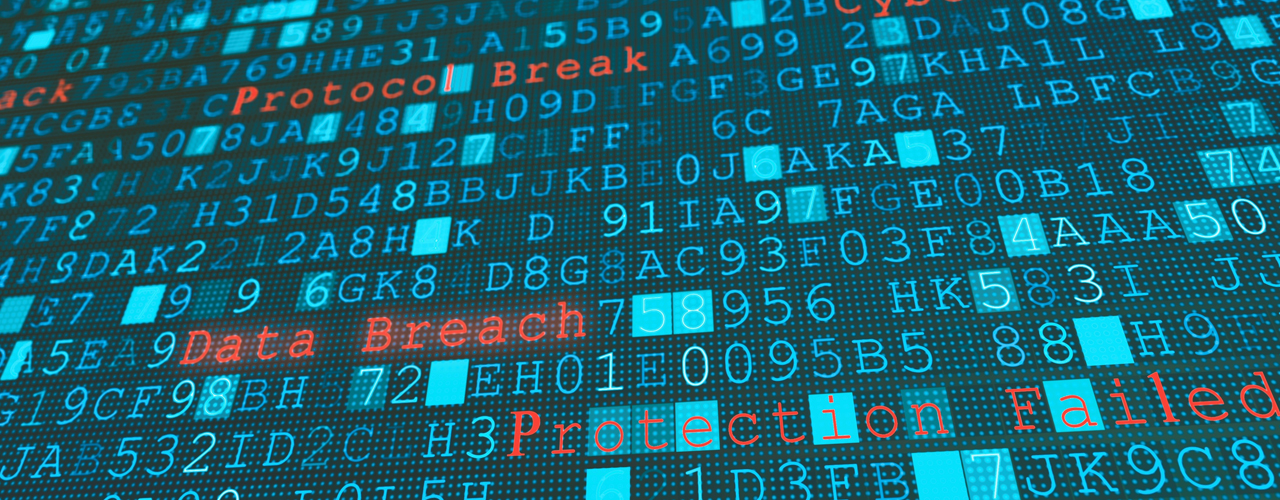Edge computing has become a phenomenon in the last few years. Organizations are actively moving their workloads to the edge to reap the real benefits. Unfortunately, they don’t understand the challenges associated with edge ecosystems.
The 2023 AT&T Cybersecurity Insights Report sheds light on the key challenges and opportunities surrounding the edge ecosystem. Anti-Dos will highlight seven key takeaways from AT&T cybersecurity insights report 2023 in this article.
7 Key Takeaways From AT&T Cybersecurity Insights Report 2023
Here are seven key takeaways from AT&T Cybersecurity Insights Report 2023.
1. The Edge Ecosystem’s Rapid Growth and Associated Risks:
The AT&T report highlights the exponential growth of the edge ecosystem, driven by the proliferation of Internet of Things (IoT) devices and edge computing capabilities. However, this rapid expansion also exposes organizations to increased cyber risks. As the edge extends the attack surface, organizations must prioritize securing edge devices, networks, and data to safeguard against potential threats.

2. Edge Data Encryption and Privacy
The edge ecosystem generates vast amounts of sensitive data, making data encryption and privacy vital considerations. The report highlights the need for organizations to encrypt data both in transit and at rest within the edge environment. Additionally, implementing privacy-enhancing technologies, such as differential privacy and homomorphic encryption, can help protect user privacy while still enabling valuable data analysis and insights.
3. Edge Security Requires a Holistic Approach:
Securing the edge ecosystem demands a comprehensive and holistic approach.. The report suggests that businesses must adopt techniques like network segmentation, security technologies like encryption and solutions like endpoint security software in order to keep themselves secure. Not only that, they should also establish a system for continuous monitoring. This allows your business to identify security vulnerabilities faster and mitigate the risk.

4. Zero Trust Architecture for Edge Security:
Implementing a Zero Trust architecture is critical for securing the edge ecosystem. The AT&T report advocates for a Zero Trust approach that verifies and authenticates all devices, users, and applications before granting access. By assuming that no device or user is inherently trustworthy, organizations can significantly reduce the risk of unauthorized access and lateral movement within the edge ecosystem.
5. Incident Detection and Response at the Edge:
Detecting and responding to security incidents in real-time is crucial to minimizing the potential impact of security threats. The AT&T report emphasizes the importance of implementing advanced threat detection and response mechanisms within the edge ecosystem.
6. Decentralized Environment Security Woes:
The distributed nature of the edge ecosystem introduces unique security and compliance challenges. The report underscores the importance of understanding and complying with relevant regulations, standards, and industry best practices.
One of the key aspects is data governance. Organizations must establish robust policies and procedures to govern how data is collected, stored, processed, and shared within the edge environment. This includes defining data ownership, access controls, and data classification to ensure that sensitive information is appropriately protected.
Additionally, organizations must implement mechanisms for data integrity and authenticity verification, as data traverses multiple edge devices and networks.
Access controls become even more critical in a decentralized environment. With the edge ecosystem consisting of numerous devices and networks, organizations must adopt stringent access control mechanisms to prevent unauthorized access and protect sensitive data.

This involves implementing strong authentication methods, such as multi factor authentication, and employing technologies like secure protocols and encryption to secure data in transit and at rest. Regular monitoring and auditing of access controls are essential to identify and address any potential vulnerabilities or unauthorized access attempts.
Data retention policies also need to be carefully designed to align with regulatory requirements. As data is generated and processed at the edge, organizations must define how long data should be retained, ensuring compliance with relevant data privacy and retention regulations. Implementing automated processes to securely delete or anonymize data when it is no longer needed can help reduce cybersecurity risks associated with data storage and retention.
Furthermore, compliance reporting becomes more complex in a distributed edge environment. Organizations must establish mechanisms to track and report compliance with various regulations and industry standards. This includes maintaining detailed records of security events, incident response activities, and adherence to data protection requirements.
Regular audits and assessments can help ensure that the organization’s edge ecosystem remains compliant with applicable regulations. Organizations must develop policies and procedures to address data governance, access controls, data retention, and compliance reporting in this decentralized environment.
7. Collaboration and Partnerships in Edge Security:
Given the complexity of edge security, collaboration and partnerships are essential for success. The AT&T report highlights the need for organizations to foster relationships with technology providers, cybersecurity vendors, and industry peers to share threat intelligence, exchange best practices, and stay ahead of emerging threats. Collaborative efforts enable organizations to collectively enhance the security posture of the entire edge ecosystem.
Conclusion
As the edge ecosystem continues to evolve, organizations must prioritize cybersecurity to safeguard their data, devices, and networks. The 2023 AT&T Cybersecurity Insights Report provides valuable insights into the challenges and opportunities associated with securing the edge. By adopting a holistic approach, implementing a Zero Trust architecture, encrypting data, focusing on incident detection and response, addressing compliance requirements, and fostering collaborations, organizations can build a resilient edge ecosystem that thrives amidst the evolving cybersecurity landscape.
What did you learn from AT&T cybersecurity insights report 2023? Share it with us in the comments section below.





Add comment